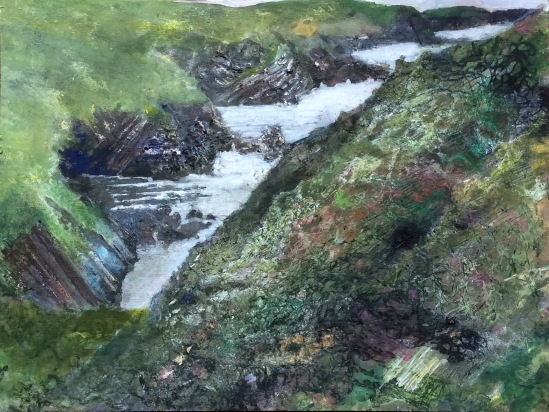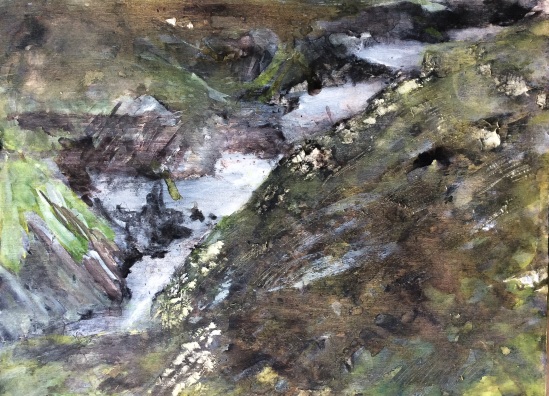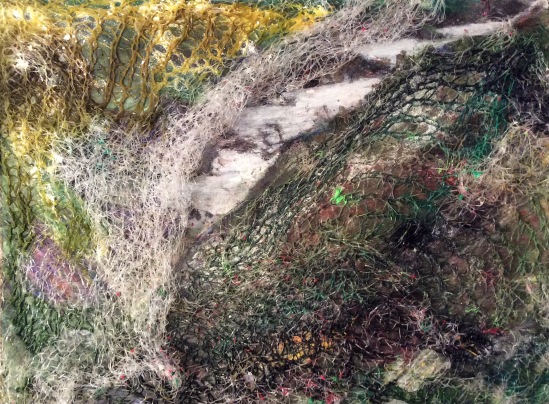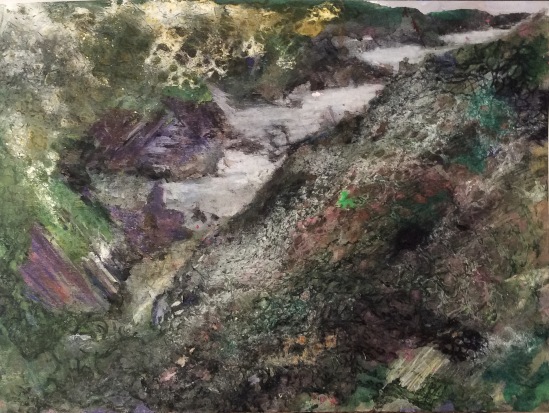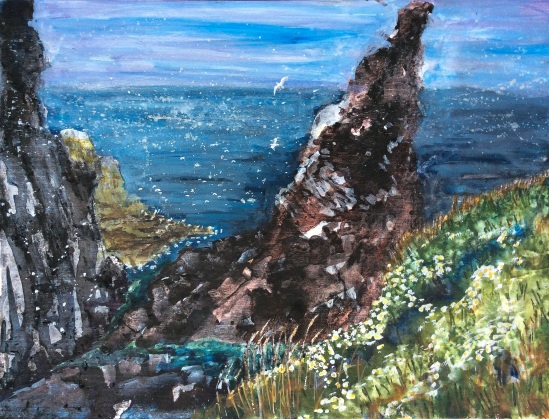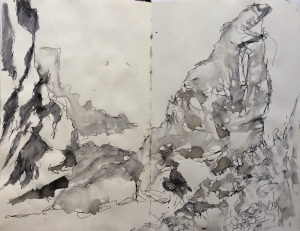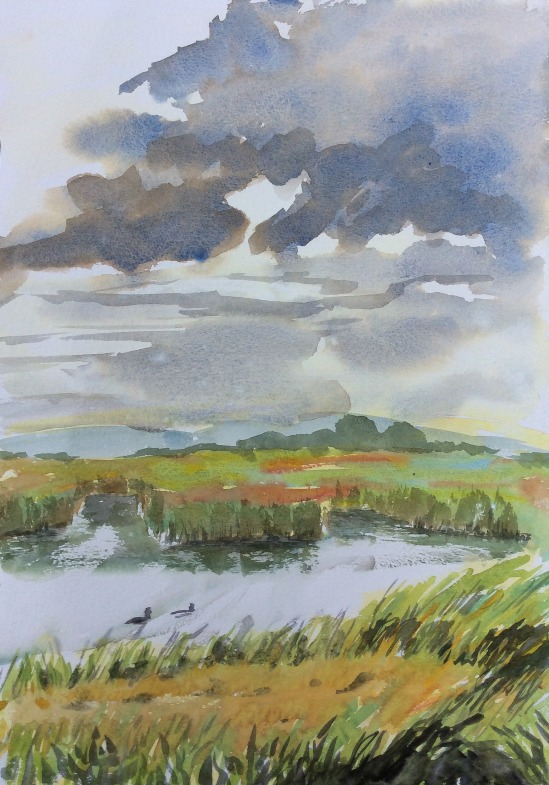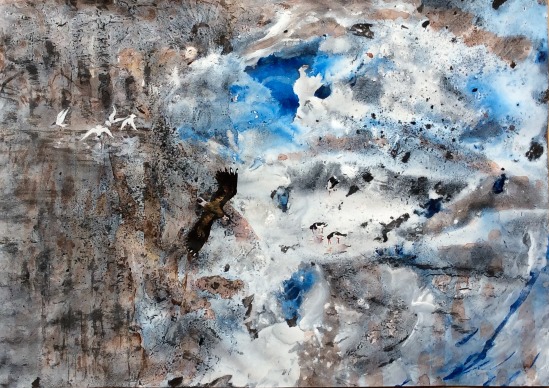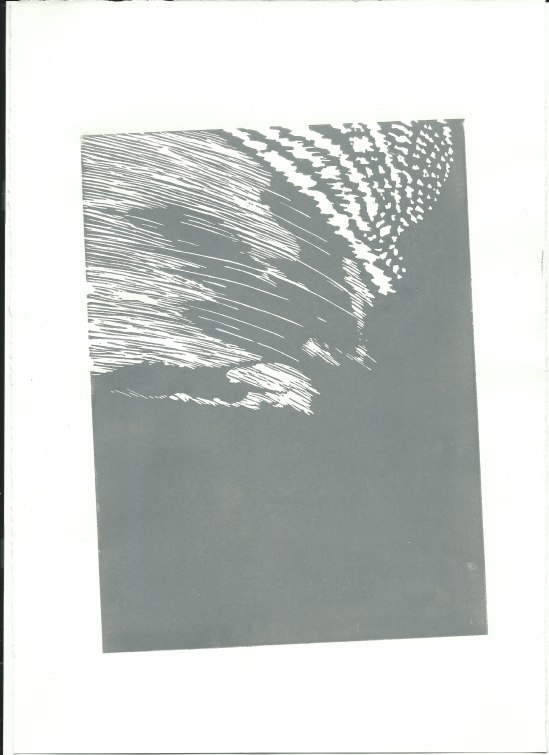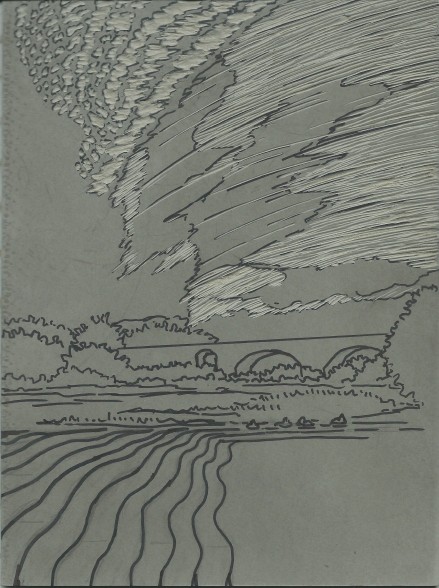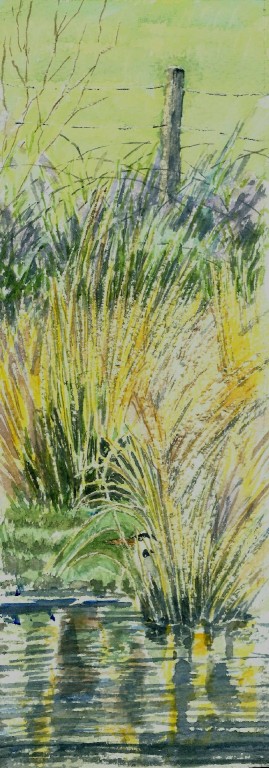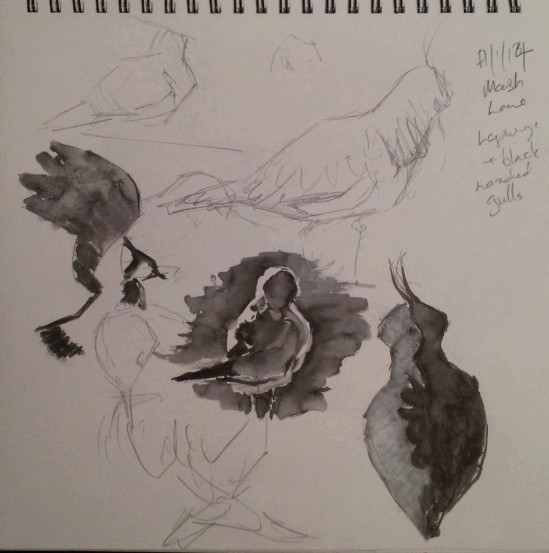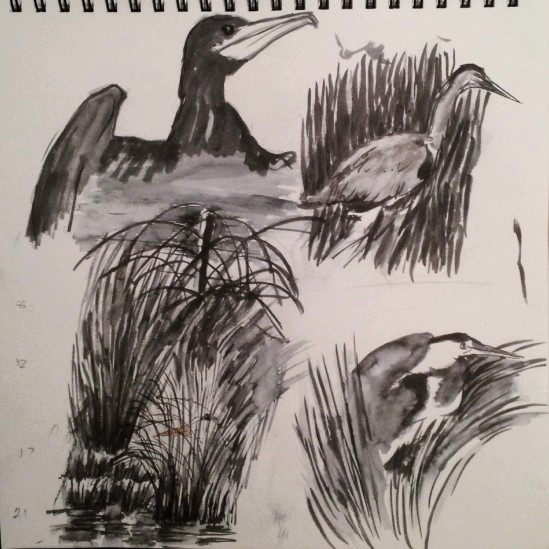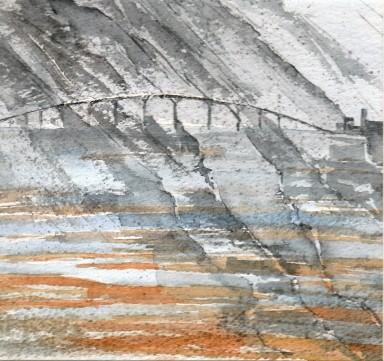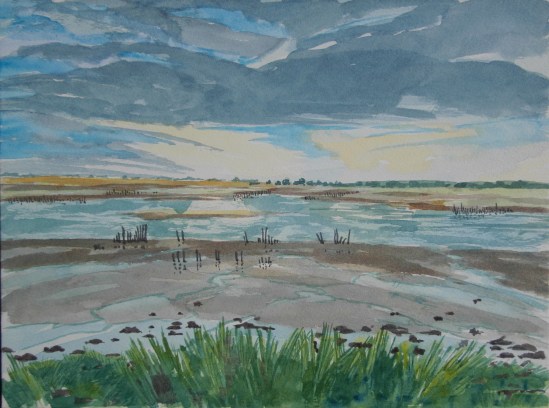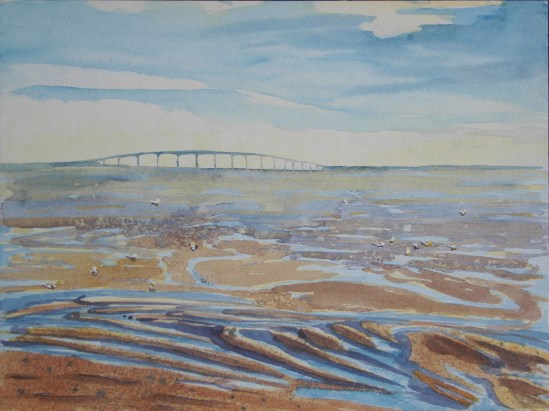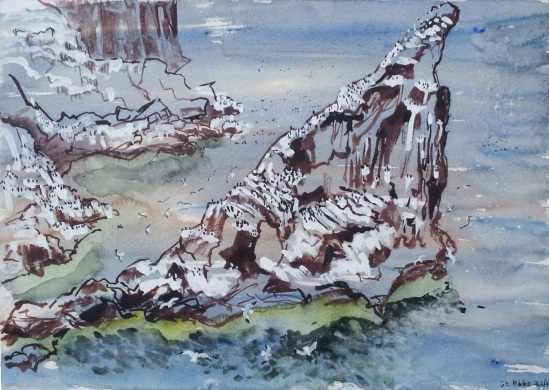Stse is an almost-island, separated from the mainland of the great south continent by marshes and tidal bogs, where millions of wading birds gather to mate and nest. Ruins of an enormous bridge are visible on the landward side, and another half-sunk fragment of ruin is the basis of the town’s pier and breakwater. Vast works of other ages encumber all Hain, and are no more and no less venerable or interesting to the Hainish than the rest of the landscape.
Ursula K le Guin, Four Ways to Forgiveness, Gollancz 1995.
Le Guin’s galaxy was long ago colonised by humans from Hain. Indeed this is so buried in history’s layers that humanity’s first origins are forgotten, and people on Earth believe themselves aliens. After that great expansion and genetic manipulations by the ancestral Hainish, peoples in each system developed in isolation for a thousand millenia. Time dilation during near-light-speed travel and cold-sleep means that your left-behind children and grandchildren grow old and die before you make your new start on another planet. In the last few thousand years, which might be only a few lifetimes for space-farers, the Hains have sought to bring all humanity back into a loose community called the Ekumen.
This positioned le Guin as a galactic social anthropologist. The underlying framework for each story is that of Ekumen observers exploring and falling foul of variations of kinship, politics, religion and economics. Her most recurring themes are variations on gender and sex, and the power relationships which spring from these. The Left Hand of Darkness, her novel written nearly fifty years ago, to me seems fresh and challenging in its deconstruction of our assumptions about humanity, encapsulated in the sentence “The king was pregnant”. The four novellas which comprise Four Ways to Forgiveness offer perhaps a more conventional take on sexuality, shockingly so, for it is tied into power dynamics, slavery, rape and oppression. It took me a second reading to confirm that her gentle writing style was, in each narrative, capturing a love-story.
The throw-away description of the enormous bridge, the ancient vast ruin present but ignored, gives to me the feel of le Guin’s universe.
I drew this listening to the hypnotic rhythms of Canto Ostinato (Simeon ten Holt) weaving a tapestry of sound from four pianos.

